Can Dressing Well Make You a Better Movie Director?
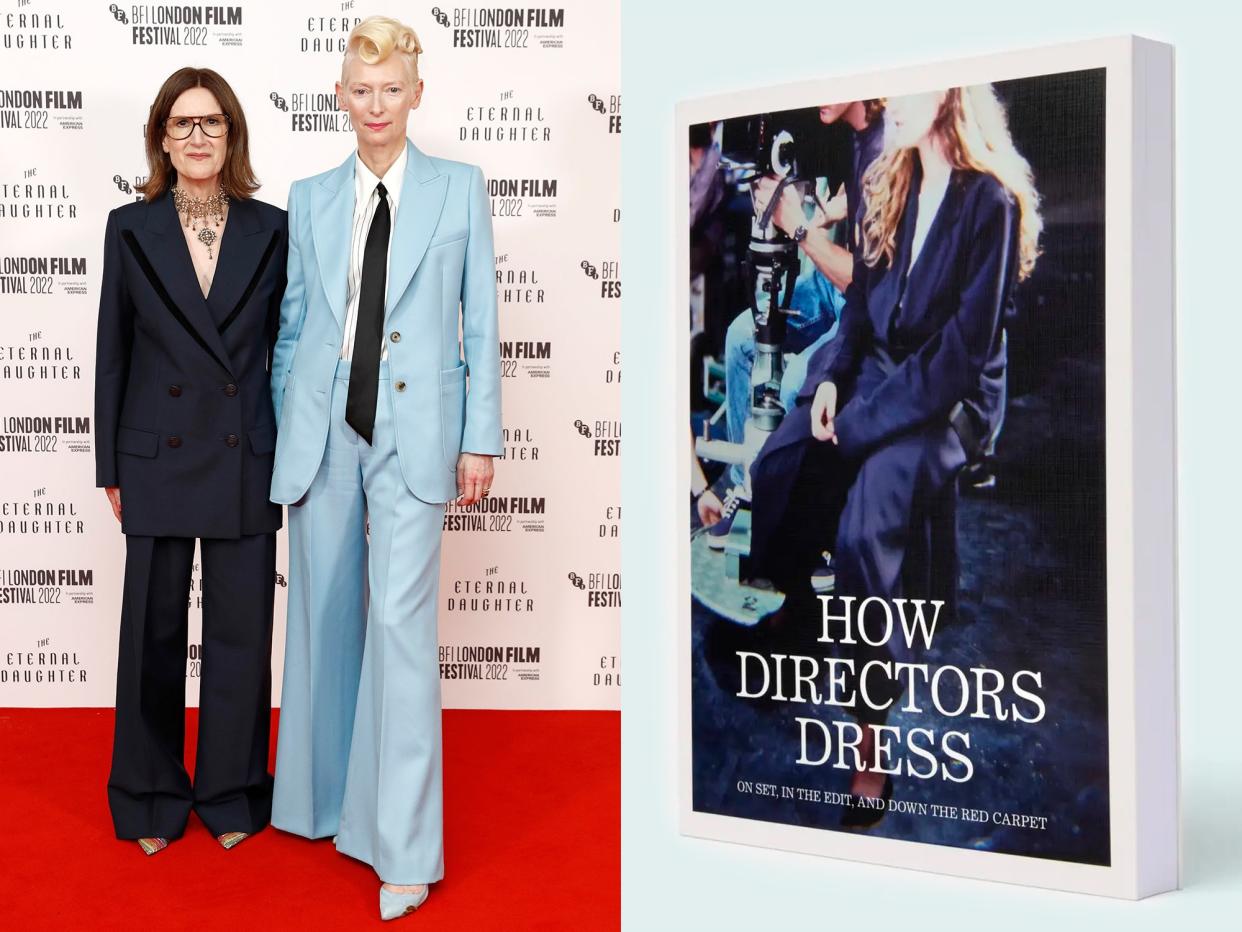
Photographs: Getty Images, A24; Collage: Gabe Conte
Today, A24 published its latest book, How Directors Dress, featuring incredible archival photos of filmmakers alongside a series of thoughtful essays (several of which were written by GQ contributors past and present, including Rachel Tashjian, Hagop Kourounian, and Sami Reiss). Here, we present the book's foreword by the eternally stylish Joanna Hogg, whose movie The Souvenir: Part II we once dubbed “this era's great fashion film.”
How you dress informs everything. It is at the heart of not just who you are at work, but who you are in life. The things you do to be accepted. How you want to appear to other people. This is true for filmmakers, as it is true for all professions.
There’s an invisibility to the role of a director. You’re trying to enter into a world you’ve created and be an observer within it. You want to bring out the best from other people—not be the focus of attention yourself.
What I wear is a crucial part of that. I don’t want to wear something that shouts,“She’s the director! She’s in charge! ”No jodhpurs, no extravagant hats, as some directors prefer. I want something very simple and work-a-day in order to move around quietly.
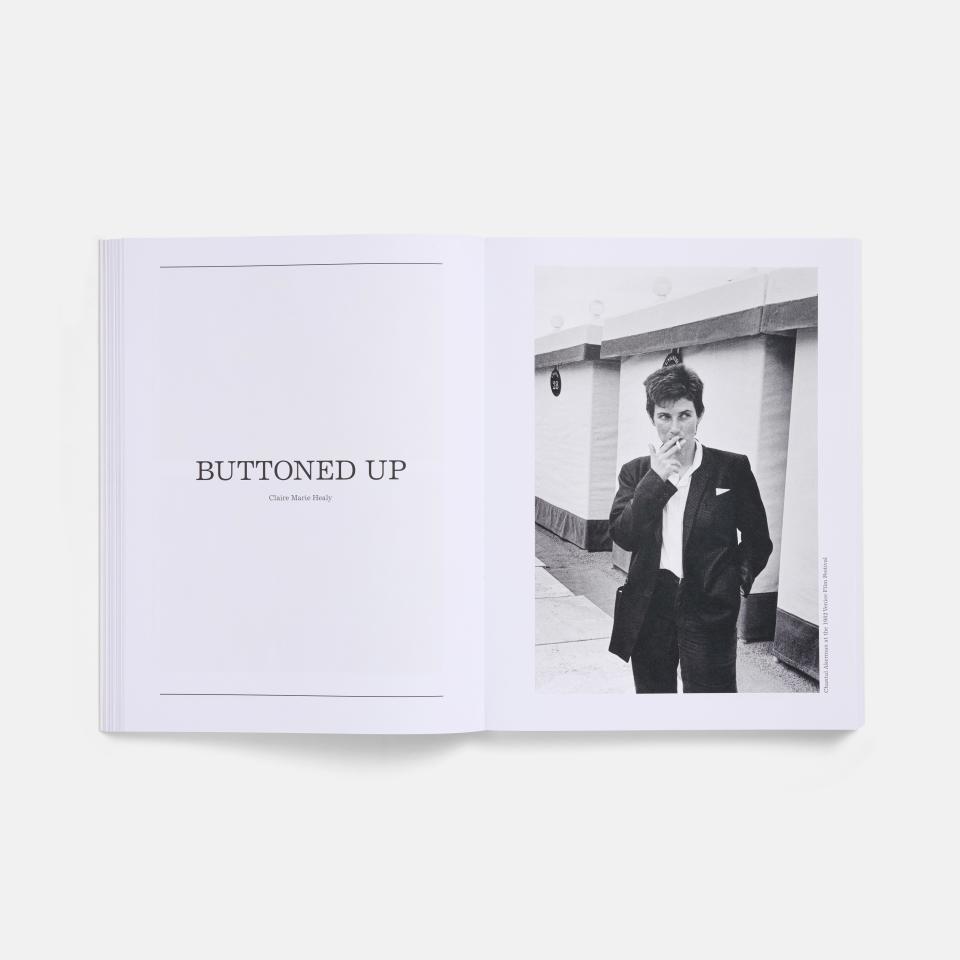
I’ve always been interested in Yohji Yamamoto’s idea of workwear. It’s where I think he began as a designer and where his interest continues to be. Even as a 20-something, I gravitated to his idea of a uniform. In fact, in The Souvenir Part I and II, the main character, Julie, wears several of my own Yohji pieces to direct her first film. Just as this book is based on archival images of filmmakers’ working clothes, I showed the costume designer Grace Snell several images of myself on set from that time in order to build Julie’s working wardrobe as distinct from her clothes in the rest of her life. She takes fewer risks, and dresses to fit in with her fellow students.
I have always dreamed of not having to think about what to wear anymore, to be able to finish that conversation. Of course, this is a paradoxical impulse—I’m searching intently for clothes that will resolve the question of searching. But there are many paradoxes in life, and certainly with dressing.
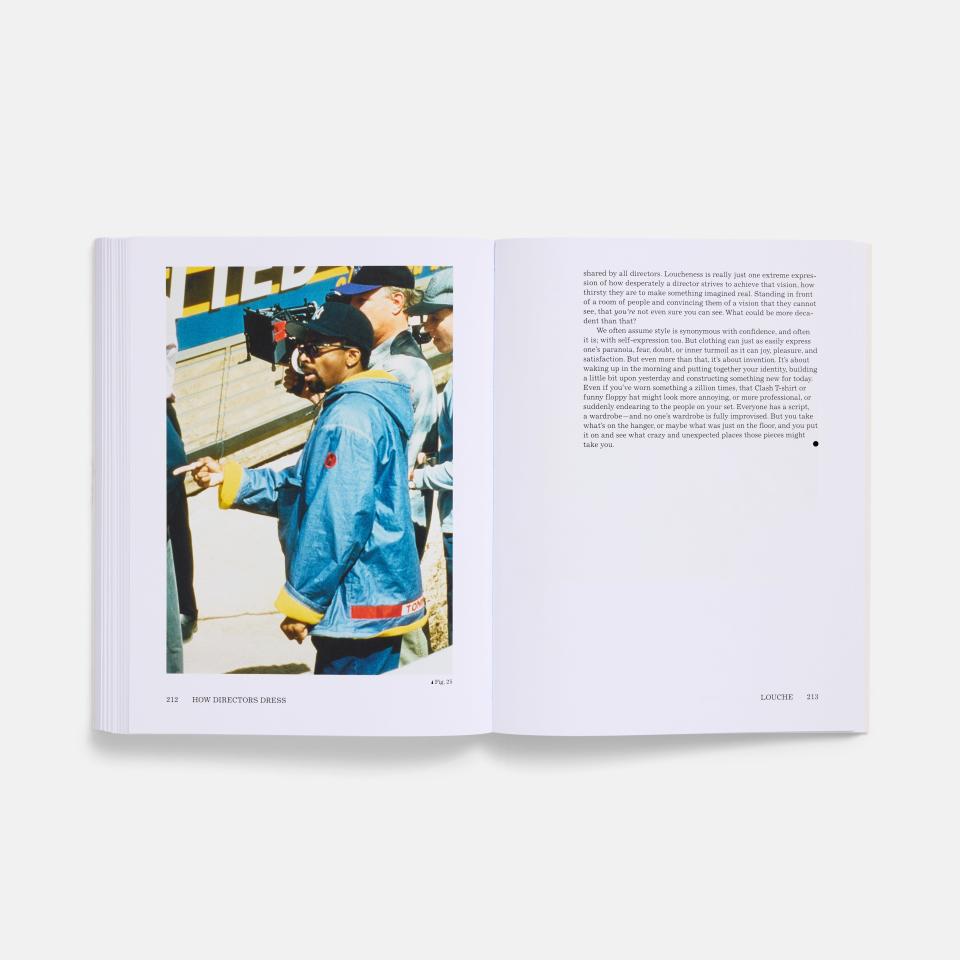
I suppose I’ve always leant toward suits. But that’s not just about being in charge—that’s about how a structure holds you together.
Something structured gives you a sense of yourself, or an illusion of it anyway. A tailored shoulder is a powerful thing. The lines are not vague; it is something very clear and very specific. Sexuality comes into it too. I gravitate toward unisex clothes and away from anything too feminine. There aren’t many dresses in my wardrobe, and the few dresses I have are not worn when I’m working.
This is not just about directing. This is how I like to be, full stop. There’s such a fine line between the role of the director and the role one has as a woman in life. How do I want to present myself? How do I want to be seen? How do I want to see myself? What one chooses to wear can veer quickly into a sort of psychology (I write that with a shudder).
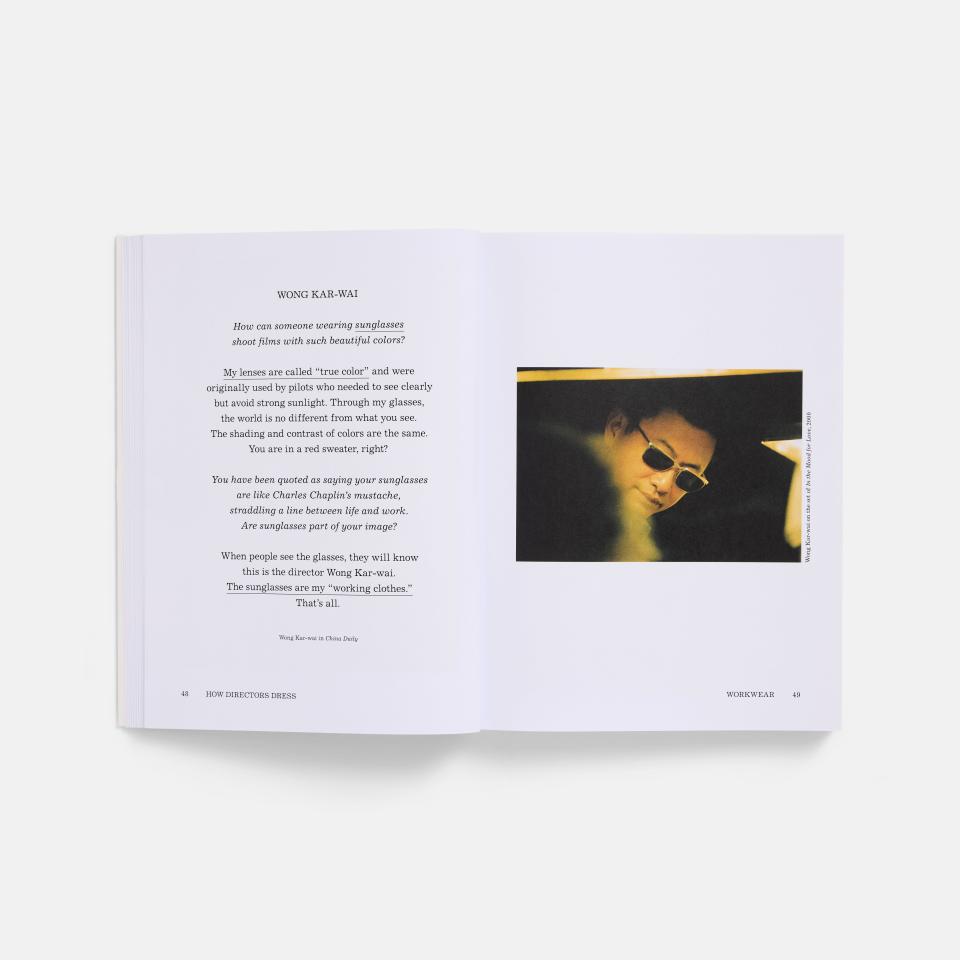
Fundamentally, this book asks a simple question: “Does what you wear change who you are?”
The film set enforces certain practicalities. You want to feel like you’re in command of the day and, above all, comfortable. You get very hot while shooting—too hot for jeans, but a shirt is perfect. You also have to think about the cold, especially if you’re doing a night shoot. Then there are the shoes. “Comfortable shoes” are a cliché for good reason.
To pull this off you have to be very organized. I don’t want to worry about laundry or wonder what to wear when I wake up at 5 a.m. I want to go to work, which means everything has to be laid out properly the night before. To make a film you need a battle plan. Part of that is what I’m going to wear (and what I’m going to pack, if we’re shooting on location—I am quite obsessive about it). It’s a very specific part of playing the role of a director.
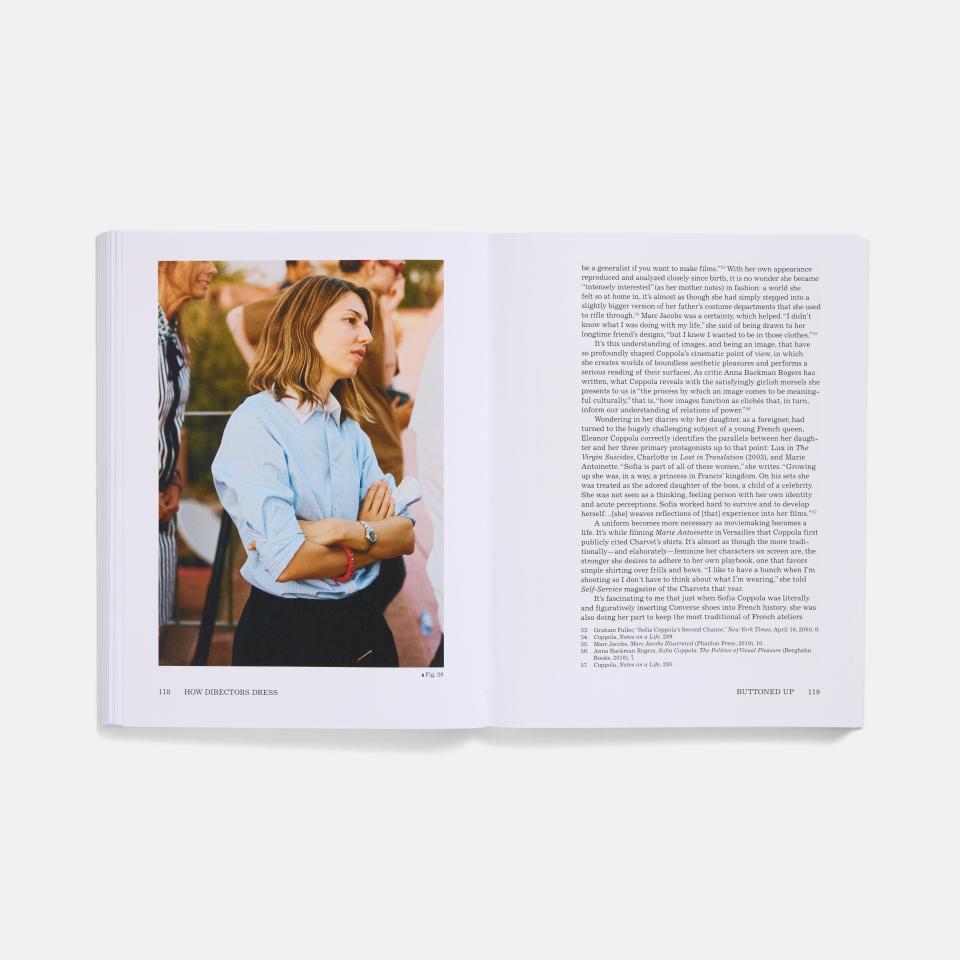
But when the film has long since wrapped and it’s opening night at a film festival, I think I fall apart a bit. There’s no goal in mind anymore, no impetus to get up and get something done. And worse yet—nightmarish, even—all the attention is turned on yourself. It’s so much more difficult than the weeks when you were hunkered down, doing the work, and not thinking about yourself. Suddenly, you’re the focus, which is a very strange moment. One of my ways of dealing with that is, again, to wear the same thing. It avoids the dreaded question,“Who are you wearing?” I’ve got a Balenciaga jacket I’ve worn since 2008, which I call my lucky jacket. It’s been worn so many times that I don’t even think about it anymore.
Yet I’m still searching for what I want to wear to work. And that means I’m still searching for who I am.
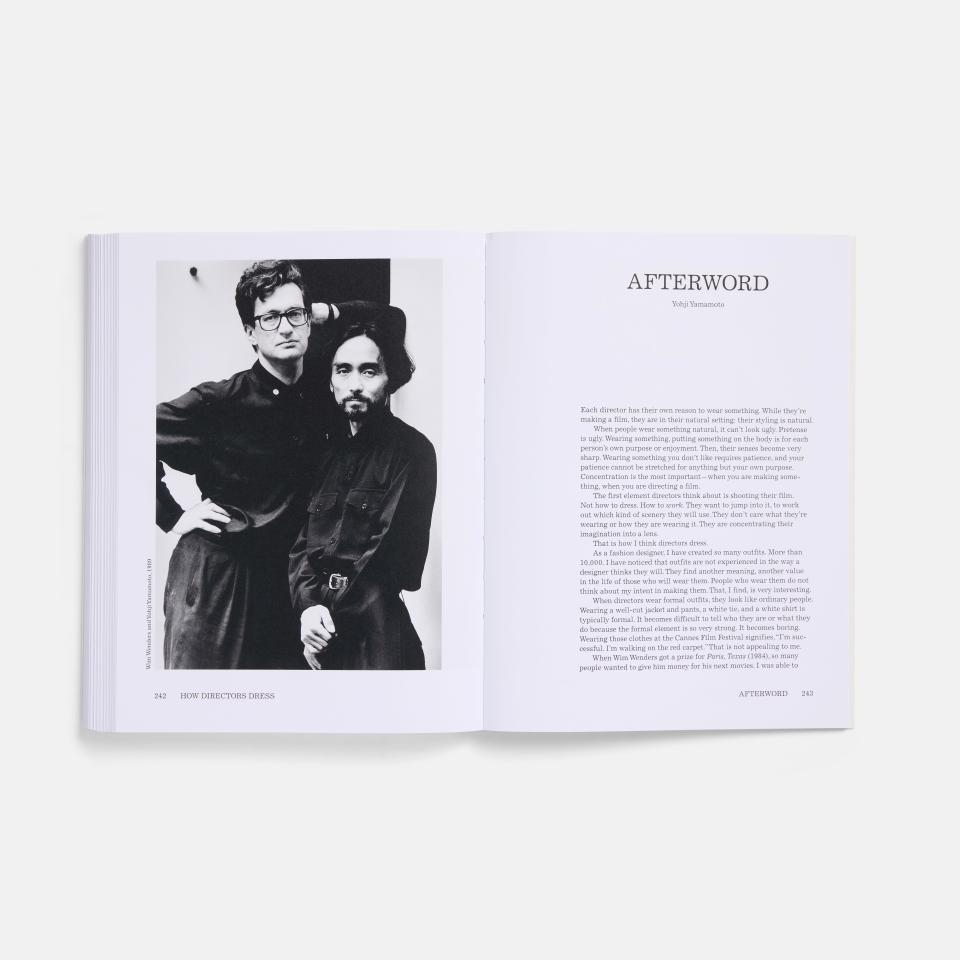
How Directors Dress: On Set, in the Edit, and Down the Red Carpet by Joanna Hogg. Reprinted with the permission of A24.
Originally Appeared on GQ
More Great Style Stories From GQ
The Balenciaga Platform Sneaker Is the Chonkiest Shoe Ever Made
Bradley Cooper Went Full-Dad Mode in Rare Air Jordans and Two Pairs of Glasses
The End of Merch
For Years, Sylvester Stallone Secretly Owned a Legendary Watch—It Sold for a Fortune
Not a subscriber? Join GQ to receive full access to GQ.com.


